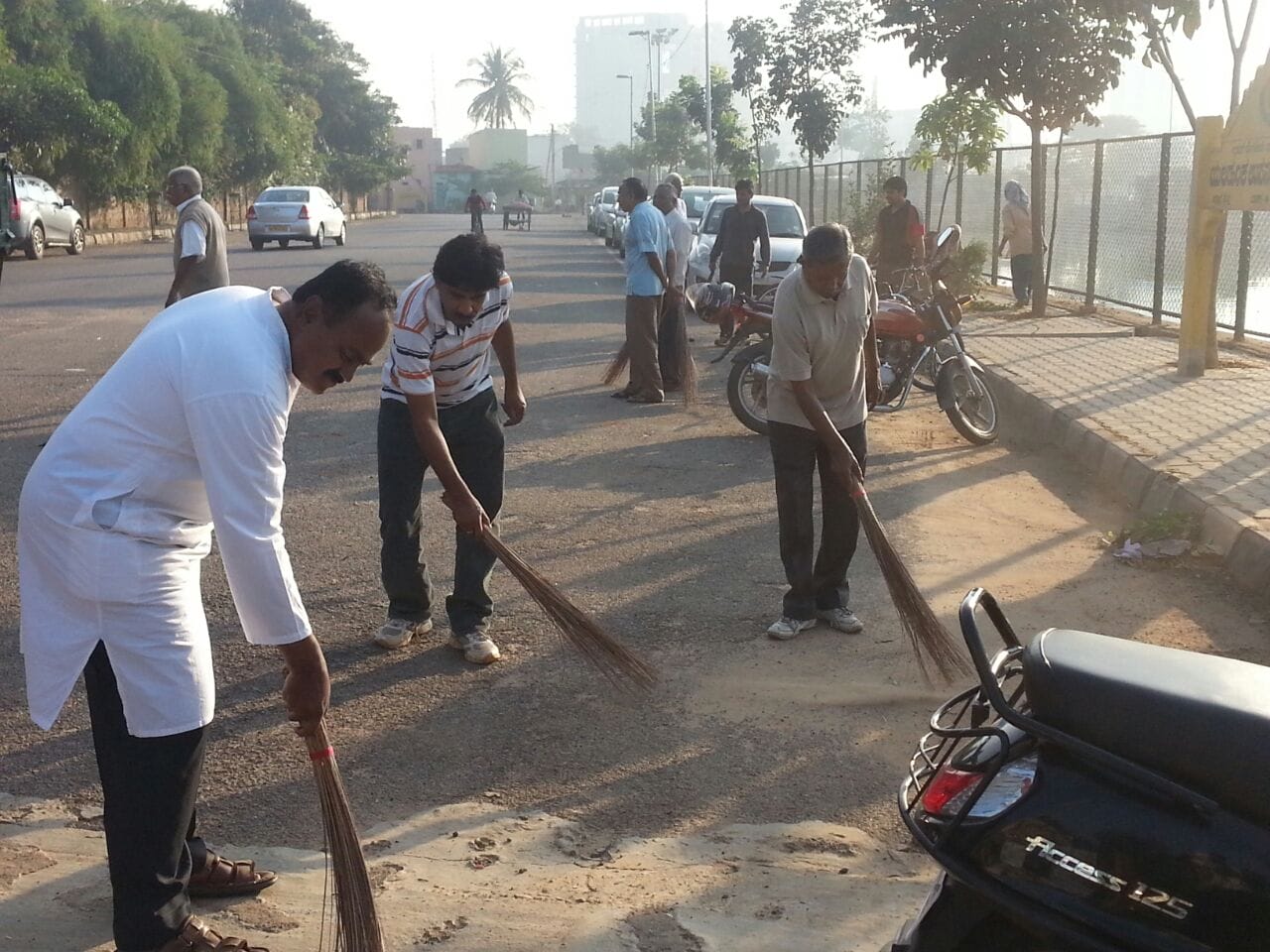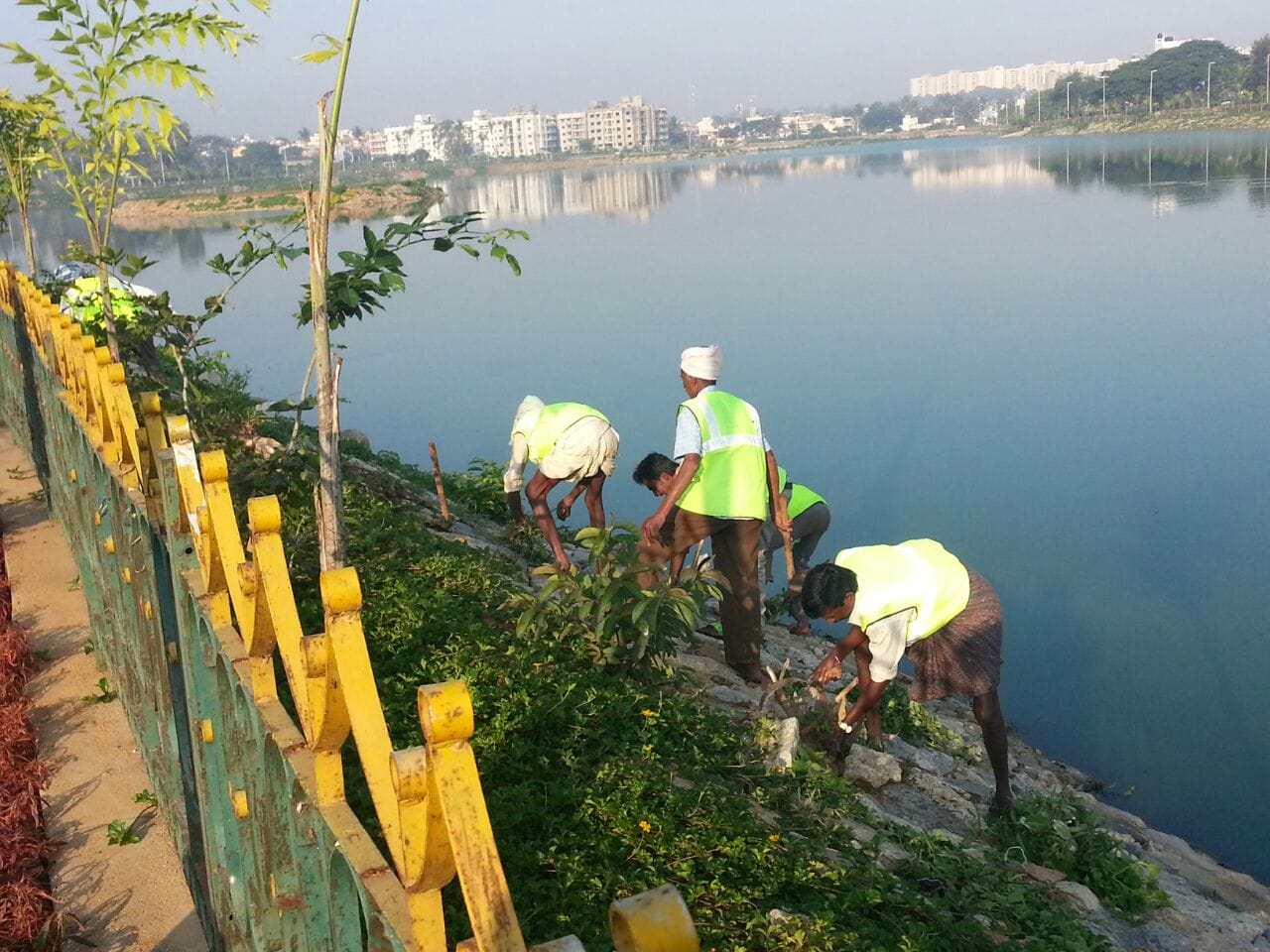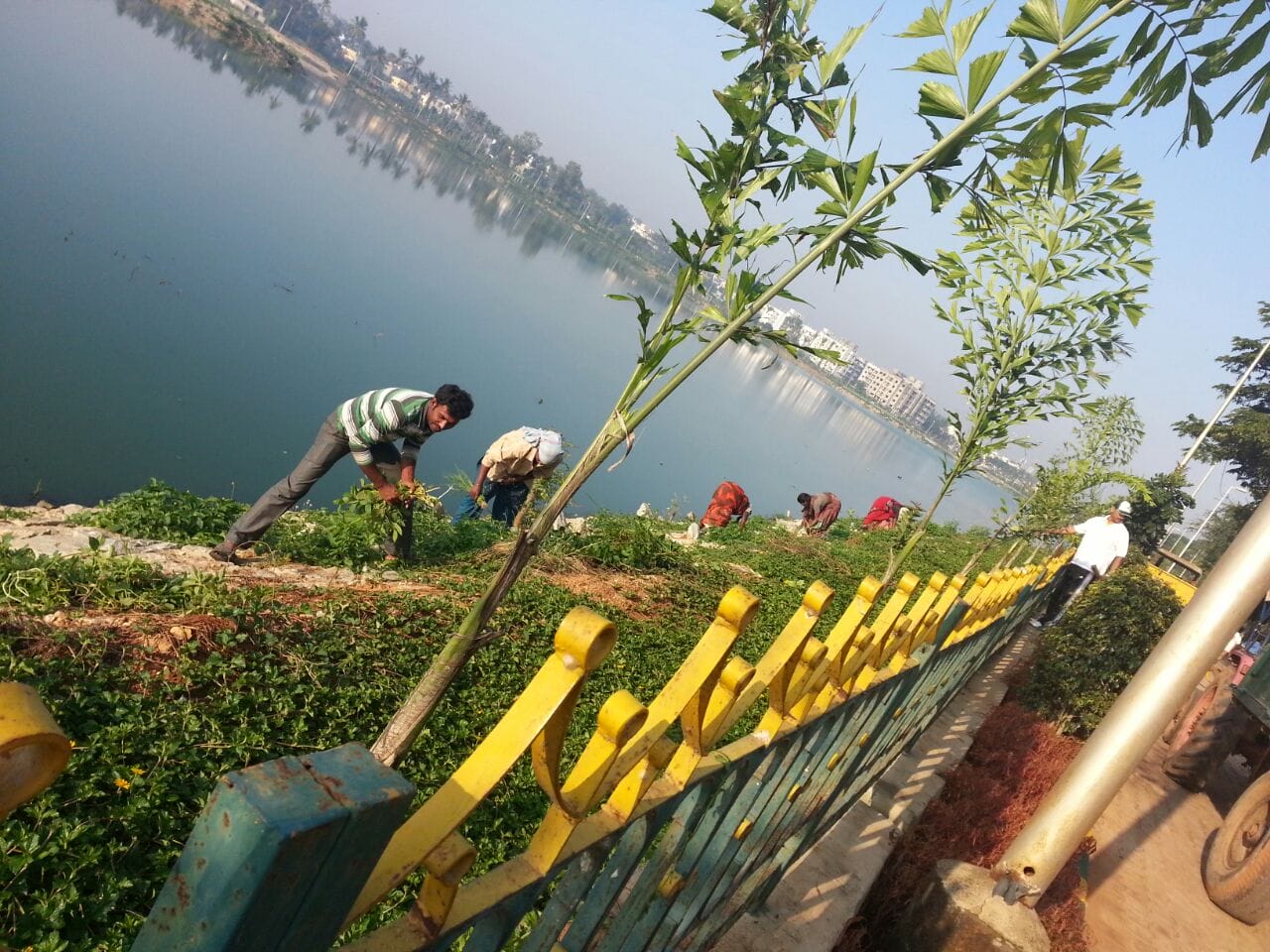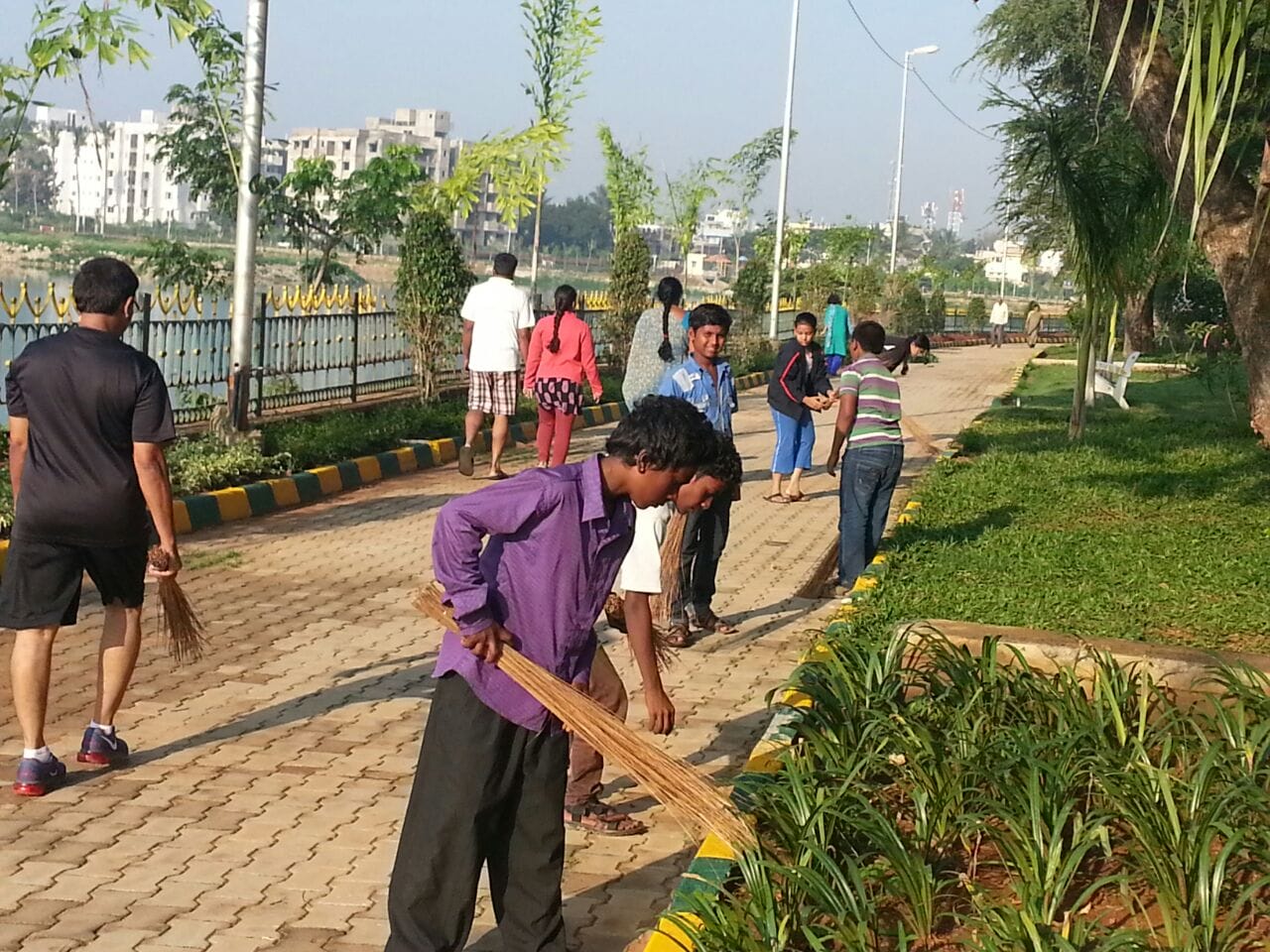





(Pics: Jagadeesh Giri, Jt Secretary, YUVA)






(Pics: Jagadeesh Giri, Jt Secretary, YUVA)
On July 8th, rains lashed Mumbai, disrupting regular life and causing waterlogging and floods in low-lying areas and on important routes. Central Railway officials mention that almost 900 train services were cancelled leaving several commuters stranded, while many BEST buses were diverted. Since then several incidents of heavy rains and flooding have been reported in the city. Commuters, civic activists and residents have questioned the claims made by the Brihanmumbai Municipal Corporation (BMC) about being prepared for the monsoons. “The half-constructed, newly-built DP road number 9 in Chandivali was waterlogged, which caused inconvenience to commuters,” said Mandeep Singh Makkar, founder…
Throughout the year, vegetable shops and markets are stocked with select vegetables and produce that form our diets. This produce is grown in large scale farms and sold across the country despite geographic and seasonal variations. But 23rd June was an aberration for some of us, who spent time at the Hirvya Devachi Yatra. We got in touch with forest foods that grow in the wild, people who harvest them and make delicacies out of these. The Hirvya Devachi Yatra was organised this year by the Shramik Mukti Sanghatana, Van Niketan, Ashwamedh Pratisthan and INTACH Thane Chapter. It has been…